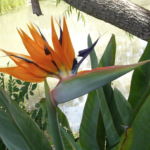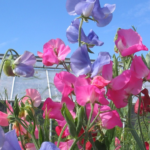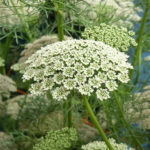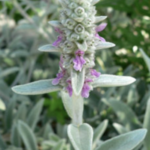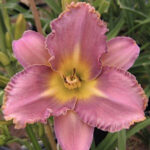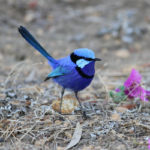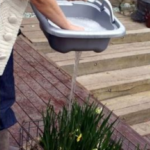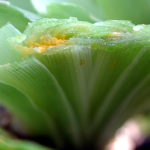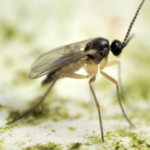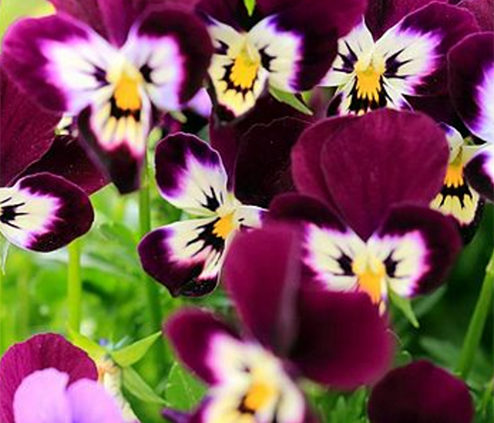
Growing Pansies Pansy Care
Pansies How To Grow And Take Care Of Pansy Flowers In Your Garden?
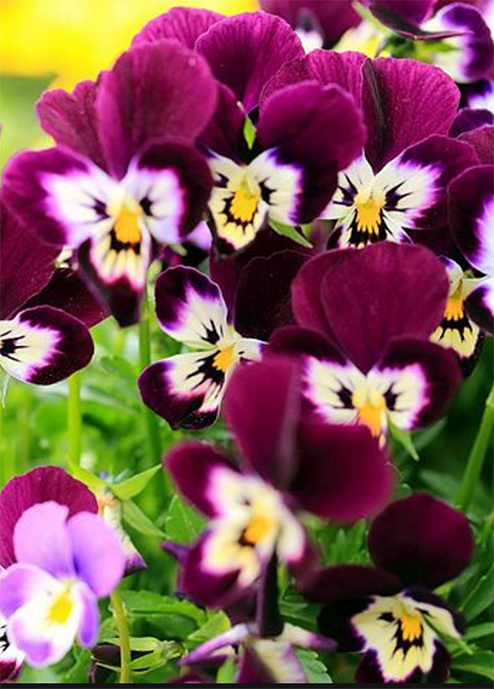 Pansies with their happy faces are interesting pretty little flowers that display showy markings in vibrant colours. The modern pansies are derived by the hybridisation of the wild flower Viola tricolour (Heartsease) commonly found in Europe and Western Asia. Pansy flower has two overlapping upper petals, two side petals and a bottom petal and slight beard in the centre. The bottom petals usually have some marks to guide the pollinating insects. The flower comes 2-3 inches and is usually yellow, blue, red, white, purple, pink or violet-blue. There are varieties with contrasting edge colours, blotches and stripes. They offer the widest range of colours and are good as border plants, ground covers or to grow in pots. Though they are perennials, they are usually grown as annuals due to the leggy growth. These plants grow to a height of 20 cm and larger flowers can reach up to 10 cm across with some current varieties having very frilly petals.
Pansies with their happy faces are interesting pretty little flowers that display showy markings in vibrant colours. The modern pansies are derived by the hybridisation of the wild flower Viola tricolour (Heartsease) commonly found in Europe and Western Asia. Pansy flower has two overlapping upper petals, two side petals and a bottom petal and slight beard in the centre. The bottom petals usually have some marks to guide the pollinating insects. The flower comes 2-3 inches and is usually yellow, blue, red, white, purple, pink or violet-blue. There are varieties with contrasting edge colours, blotches and stripes. They offer the widest range of colours and are good as border plants, ground covers or to grow in pots. Though they are perennials, they are usually grown as annuals due to the leggy growth. These plants grow to a height of 20 cm and larger flowers can reach up to 10 cm across with some current varieties having very frilly petals.
Planting and Caring
Pansy flower care starts with a sunny location in the garden. In warmer regions, they thrive in partly shady areas as well. The plant requires sun light at least 5-6 hours. When kept in full shade they have the spindly appearance and do not produce flowers. They can be grown in pots, hanging baskets or in window boxes placed in sunny spots with morning sun. If you are in a hot climate the same as Mildura Australia it is best to provide some shade for this plant during spring and early summer.
You need to prepare the soil very well by adding compost and well rotted manure. Start the pansy seeds indoors at least 6-8 weeks before you want to transplant them to the flower beds. If you want your pansies to flower in early spring or during summer plant the seeds during late winter. For winter flowering, plant the seeds in summer. Make sure that the soil is humus rich and moist while planting them. The spacing should be at least 7-12 inches. This plant can spread to 9-12 inches.
Your pansies love moisture and need watering regularly. If you feel that your pansies are not flowering well water them thoroughly. Adding general all purpose fertiliser is enough to promote the growth of your pansies but if you have more spare time, you can feed pansies with a half dose of liquid fertiliser instead on a regular basis. Removing faded or dead flowers will prolong blooming and increases the number of flowers. Pansies can withstand cold days and nights but needs protection from a prolonged winter.
How to Grow Pansies From Seeds?
You can grow pansies from seeds by sowing the seeds in plastic punnets or in toilet rolls filled with seed raising mix. Place them in a well lit and moist place. The seeds will germinate within 2 weeks. Once the seedlings develop few sets of leaves, transplant them into garden beds or pots. Make sure that you keep them moist during the growing period. The first year the plant usually produces greenery and produces flowers and seeds in the second year.
Pest and Diseases
Aphids, slugs and snails feed on the foliage of the plants. Leaf spot and powdery mildew can weaken and kill the plants. Aphids cause the spread of cucumber mosaic virus and this can cause yellowing of young leaves and stunted growth in pansies. You can use insecticides to control aphids. Hand picks snails and slugs. You can also select disease resistant varieties to plant.


